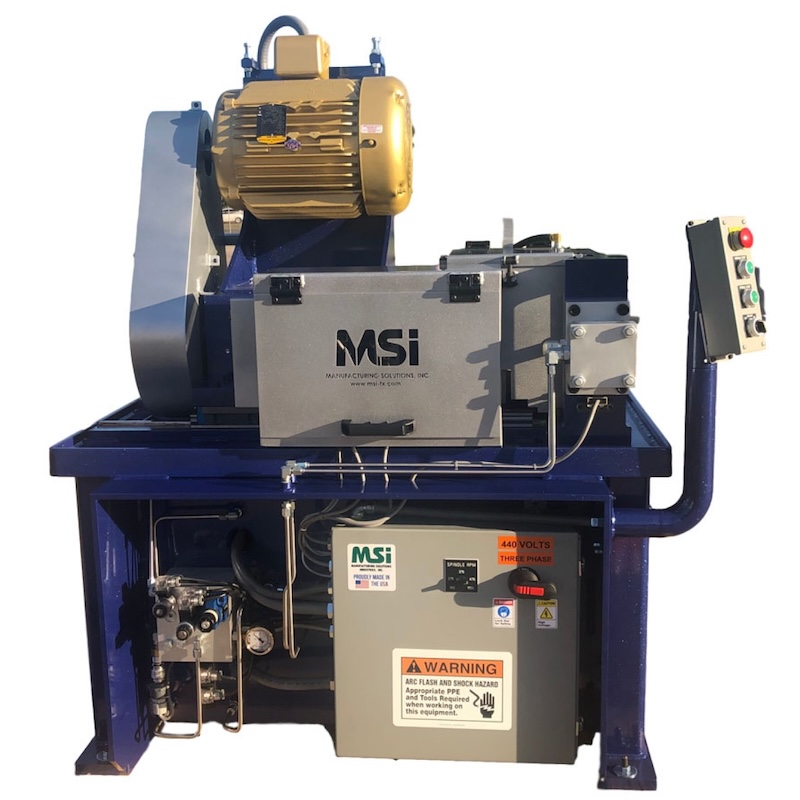
In precision manufacturing, the quality of metal components hinges on attention to detail. Among these critical details, proper deburring stands out as essential for both functionality and safety. At Manufacturing Solutions Industries, Inc. (MSI), we understand that effective deburring processes can significantly impact your product’s performance, durability, and compliance with industry standards. This article explores the comprehensive deburring process, its importance, and the various methodologies employed in modern manufacturing.
Understanding Burrs and Their Impact
Burrs are unwanted material projections that form during machining operations such as cutting, drilling, milling, and grinding. These imperfections can range from microscopic edges to substantial protrusions, compromising both aesthetic appearance and functional integrity. Left unaddressed, burrs can cause several critical issues:
- Decreased part precision and tolerance
- Assembly difficulties and interference
- Premature component wear
- Worker safety hazards during handling
- Suboptimal performance in the final application
- Potential system failure in critical applications
The Critical Role of Deburring in Manufacturing
Deburring metal parts is not merely a cosmetic procedure but a fundamental quality assurance process. Proper deburring:
- Ensures dimensional accuracy by removing excess material that could affect fit and function
- Improves surface finish for better aesthetic quality and reduced friction
- Enhances component longevity by preventing stress concentration points
- Facilitates smooth assembly of multi-component systems
- Prevents contamination in sensitive applications such as medical devices or fluid systems
Common Deburring Methods for Metal Parts
The selection of an appropriate deburring technique depends on factors including material type, burr size, part geometry, production volume, and required finish quality. At MSI, we employ several proven methodologies:
Manual Deburring
Despite technological advances, skilled manual deburring remains valuable for complex geometries and critical applications. Utilizing specialized hand tools, our technicians meticulously remove burrs from areas that automated systems might miss. This approach is particularly suited for low-volume, high-precision components or final quality inspection.
Mechanical Deburring
Mechanical deburring encompasses various techniques that physically remove burrs through abrasive action:
- Vibratory finishing: Parts are placed in a vibrating container with abrasive media and compounds that gradually remove burrs through consistent friction.
- Tumble deburring: Similar to vibratory finishing but utilizing rotating barrels instead of vibration, ideal for robust parts that can withstand impact.
- Brushing: Specialized rotating wire or fiber brushes contact the workpiece to remove burrs while maintaining dimensional integrity.
Thermal Deburring
This specialized process uses a controlled combustion reaction in a pressurized chamber. The brief, intense heat (up to 3000°C) oxidizes burrs while leaving the bulk material unaffected due to its greater mass and thermal conductivity. Thermal deburring excels at addressing internal passages and complex geometries simultaneously.
Electrochemical Deburring
By applying an electrical current through an electrolyte solution, this precision method dissolves burrs without mechanical contact. It offers exceptional control and is particularly effective for intricate components where mechanical methods might alter critical dimensions.
Robotic and Automated Deburring
For high-volume production, automated robotic systems equipped with specialized end effectors provide consistent quality and efficiency. These systems can be programmed for complex part geometries and integrated into production lines for seamless processing.
Selecting the Optimal Deburring Process
When evaluating deburring requirements, several factors must be considered:
- Material properties: Different metals respond uniquely to various deburring methods
- Part geometry and complexity: Internal features may require specialized approaches
- Production volume: High-volume manufacturing benefits from automated solutions
- Surface finish requirements: The level of finish quality impacts method selection
- Cost considerations: Balance between process cost and component value
- Environmental factors: Some processes require specific waste management protocols
Quality Assurance in Deburring Operations
Effective deburring isn’t complete without rigorous quality verification. At MSI, our comprehensive quality control procedures include:
- Visual inspection under magnification
- Tactile examination by trained inspectors
- Dimensional verification using precision measurement tools
- Surface roughness testing
- Functional testing in simulated application environments
The MSI Advantage in Metal Deburring
Manufacturing Solutions Industries brings decades of expertise to the deburring process. Our approach combines traditional craftsmanship with cutting-edge technology to deliver consistently superior results. We customize deburring solutions based on your specific requirements, whether for aerospace components, medical devices, automotive parts, or industrial machinery.
Our engineering team works collaboratively with clients to identify the most effective and economical deburring strategy for each unique application. This consultative approach ensures that your components not only meet but exceed performance expectations while optimizing production efficiency.
Contact MSI today to discuss your project requirements!
 Products proudly made in the USA
Products proudly made in the USA